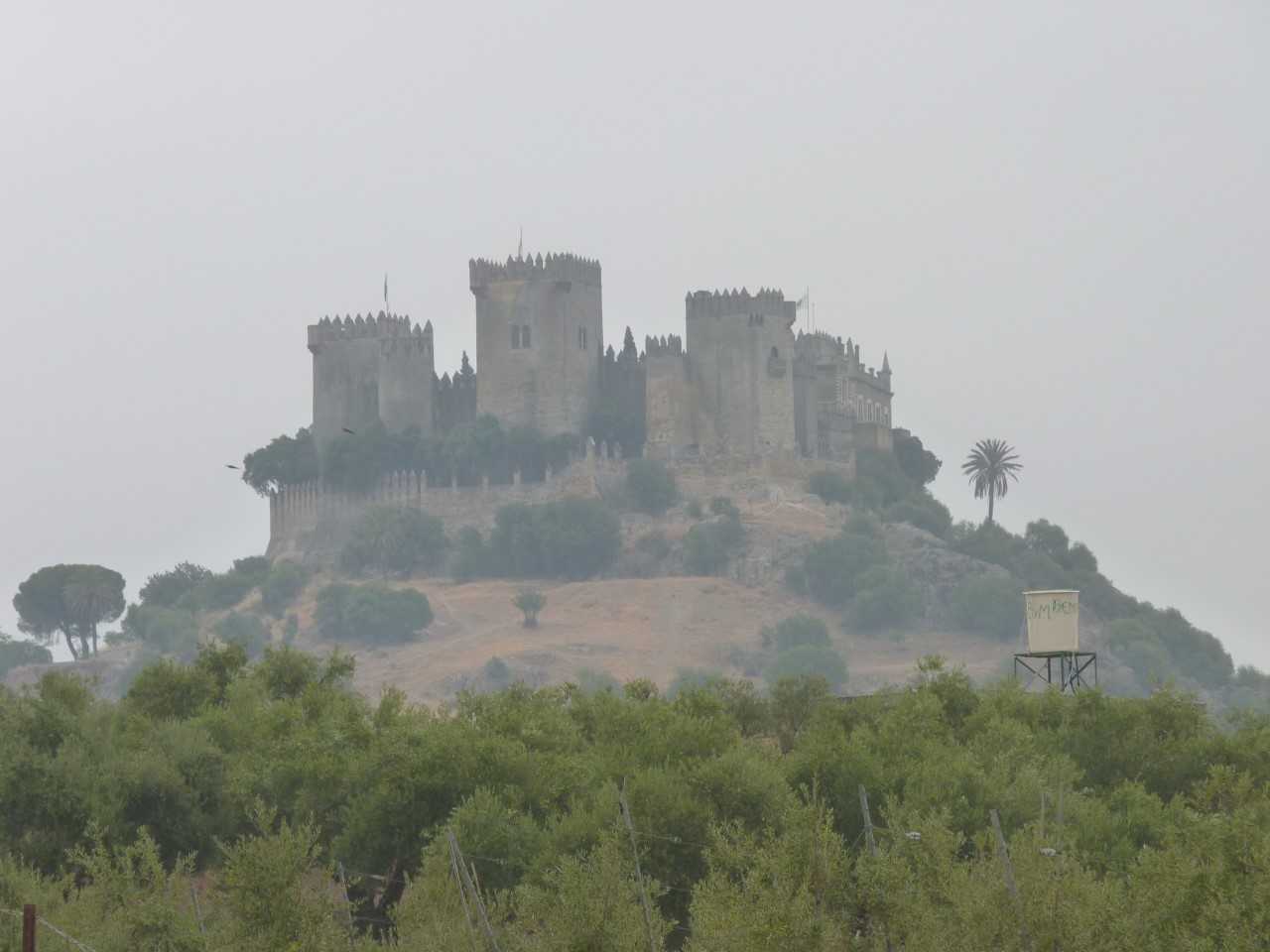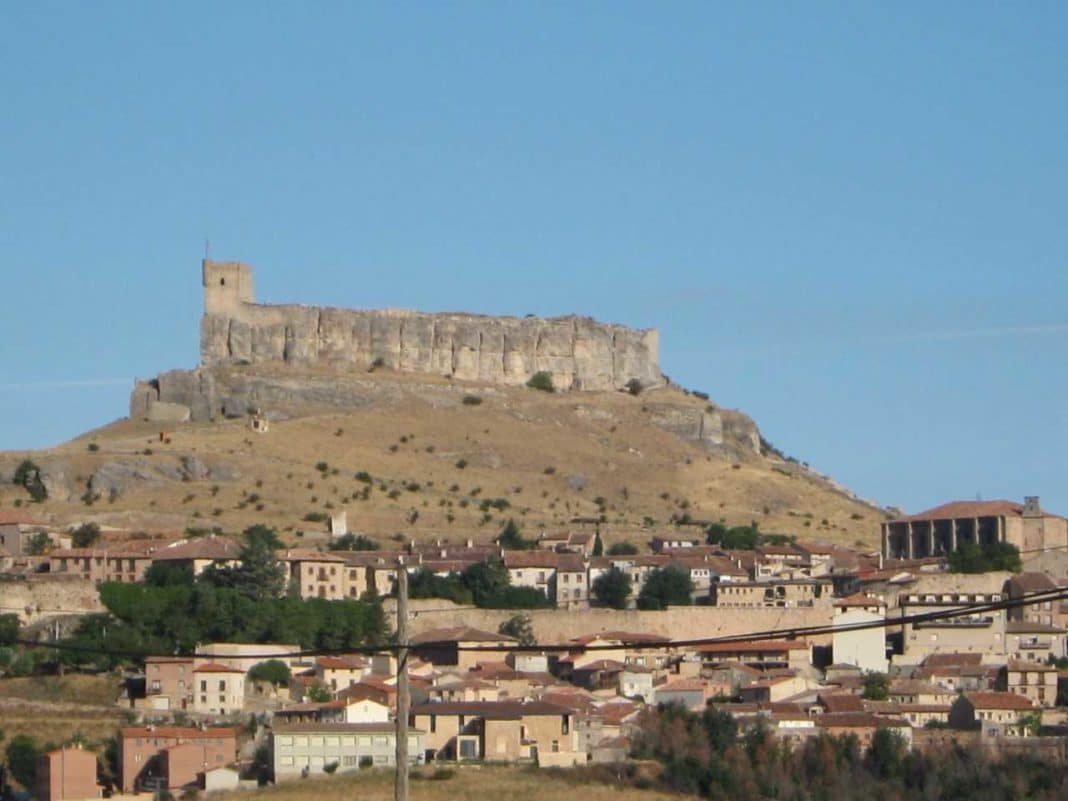In which small village in Guadalajara did Katherine Hepburn spend a summer making a film about Troy?
Where did Steven Spielberg build his prisoner of war camp in Spain for ‘Empire of the Sun’?
Which famous British actor tried to steal some jewels from the Spanish royal family’s summer palace in Majorca in 1969?
Which Spanish city has a cinema called ‘Lara’ because ‘Doctor Zhivago’ was made there?
Which Spanish castle was Omar Shariff’s Istanbul and Game of Thrones’ High Garden?
You can trawl the Internet looking for the answers to these questions, or you can visit the website www.moviesmadeinspain.com a guide to where over 1,000 English language films and series have been made in Spain.
The not for profit site covers the whole of Spain, and was created in Valencia by Brexile Londoner Bob Yareham, who taught English and History there from 1981, and is now retired.
Visitors to Loja, in the province of Granada, are frequently surprised when they come across a metal silhouette of the Marx Brothers overlooking the village.
The brothers have no connection with Loja but, curiously, the same view opens the film “Duck Soup” (1933), representing Groucho’s eccentric kingdom of Sylvania.
Now known as ‘Mirador de Sylvania’, this monument is an example of how international cinema has reached into even the smallest villages in Spain.
La Calahorra, a tiny village in the province of Granada has statues of Clint Eastwood, Sean Connery as well as of House of the Dragon and Assassins’ Creed. The castle there has appeared in countless films, as has the railway station, a common location for westerns.
Orson Welles once said that Spain is not a country, it’s a continent. In fact, no other non-English speaking country has produced as many English language films as Spain.
Even today you can find just about any sort of scenery you need, and years ago, with the compliance of the dictator Franco, the Spanish army and police force were readily available to make all kinds of epics.
Check out George C Scott’s Patton for example. If you want to know why all the German soldiers looked so happy strolling into battle, it’s because they were Spanish soldiers, having a day off from peeling potatoes as part of their obligatory military service.
Screen tourism is an undeniable fact; you only need to ask the delighted authorities of New Zealand, where they are still reaping the benefits of visitors attracted by the “Lord of the Rings” trilogy.
Here in Spain, the number of American pilgrims on the ‘Camino de Santiago’ multiplied by 5 as a direct consequence of Martin Sheen’s film “The Way,” and crowds flock to the tiny Basque coastal chapel of San Juan de Gaztelugatxe, Dragonstone in Game of Thrones.
Spain has it all; the deserts, the beaches, the forests, mountains, lakes and rivers, dams and abandoned village, and of course that old Spanish castle magic.
Hundreds of villages and towns were transformed in the 50s, 60s and 70s when Hollywood arrived and changed their lives, bringing electricity and sunglasses, and in the case of Agost in Alicante, a school, paid for by Yul Brynner while he was making Return of the Seven there.. Many of Spain’s popular tourist resorts owe their initial prosperity and fame to film makers, who hired entire populations, as well as the more than willing, disciplined Spanish army and police force, to produce their epics about Romans, medieval knights or American GIs.
Villages such as Peñiscola and Tossa del Mar began to blossom thanks to films like El Cid and Pandora and the Flying Dutchman. In fact Ava Gardner’s statue stares out sexily to sea even today from the battlements of the castle at Tossa.
www.moviesmadeinspain.com encourages readers to visit these places and share the knowledge that Spain is a lot more than sun, sand and sangria; although all of that is pretty good stuff too.
Probably not many people will visit a place only to see where a film was made, but the existence of these locations gives added value; and the films themselves are free publicity which can be exploited.
The project often visits small towns that were revolutionized when the cameras rolled into their main squares. Conferences have taken place in Chinchón (John Wayne in Circus World), Begur (Elizabeth Taylor in Suddenly Last Summer), Uclés (The Four Musketeers and Warrior Nun), Sitges (Errol Flynn in King’s Rhapsody), as well as Cuenca (The World is not Enough), Hondarribia (Papillon) and Javea (My Life in Ruins) among others.
* The answers to the 5 questions at the beginning are: Atienza (Guadalajara), Trebujena (Cádiz), Michael Caine in ‘Deadfall’, Soria, Almodóvar del Río (Córdoba).







